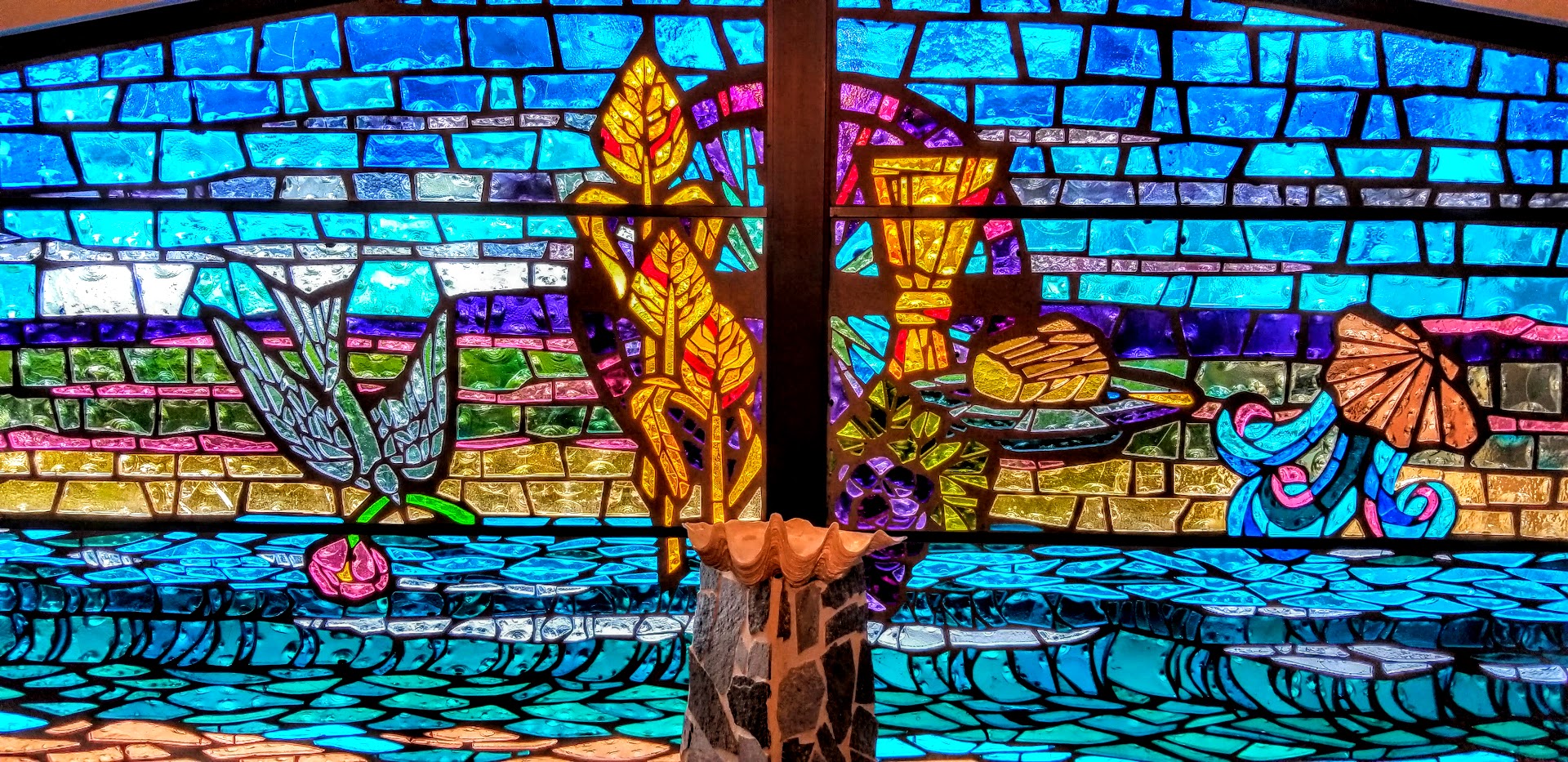Daylight Savings Time ends today at 2:00am. Remember to set your clocks back one hour.
You may have heard the rumor that Ben Franklin informally proposed daylight saving time centuries before it was implemented, and that the twice-yearly switch was initially adopted to save us money on energy needs. However, daylight saving time (often incorrectly stated as daylight savings time) has a more colorful history. In reality, Ben Franklin had penned a satirical essay in which he calculated that Parisians, simply by waking up at dawn, could save through “the economy of using sunshine instead of candles.” As a result of this essay, Franklin is often erroneously given the honor of “inventing” daylight saving time, but he only proposed a change in sleep schedules—not the time itself.
Englishman Wiliam Willett led the first campaign to implement daylight saving time. While on an early-morning horseback ride around the outskirts of London in 1905, Willett summized that the United Kingdom should move its clocks forward by 80 minutes between April and October so that more people could enjoy the plentiful sunlight. The Englishman published the 1907 brochure “The Waste of Daylight” and spent much of his personal fortune evangelizing with missionary zeal for the adoption of “summer time.” Year after year, however, the British Parliament stymied the measure, and Willett died in 1915 at age 58 without ever seeing his idea come to fruition. Germany was the first country to enact daylight saving time, which was implemented in 1916 during World War I as a way to conserve electricity.
Contrary to popular belief, American farmers did not lobby for daylight saving to have more time to work in the fields. In fact, the agriculture industry was deeply opposed to the time switch when it was first implemented in 1918 as a wartime measure with the Standard Time Act of 19 March 1918, which confirmed the existing standard time zone system. The sun, not the clock, dictated farmers’ schedules, so daylight saving was very disruptive. Rather than rural interests, it has been urban entities such as retail outlets and recreational businesses that have championed daylight saving over the decades.
For decades, daylight saving in the U.S. was a disparate and inconsistent patchwork of local practices. Order finally came in 1966 with the enactment of the Uniform Time Act, which standardized daylight saving time from the last Sunday in April to the last Sunday in October, although states had the option of remaining on standard time year-round.
Not everyone in the U.S. springs forward or falls back. Hawaii and Arizona, with the exception of the state’s Navajo Nation, do not observe daylight saving time. Additionally, the U.S. territories of American Samoa, Guam, Puerto Rico, the Virgin Islands and the Northern Mariana Islands also remain on standard time year-round. Some Amish communities also choose not to participate in daylight saving time. Around the world, only about one-quarter of the world’s population, in approximately 70 countries, observe daylight saving.
